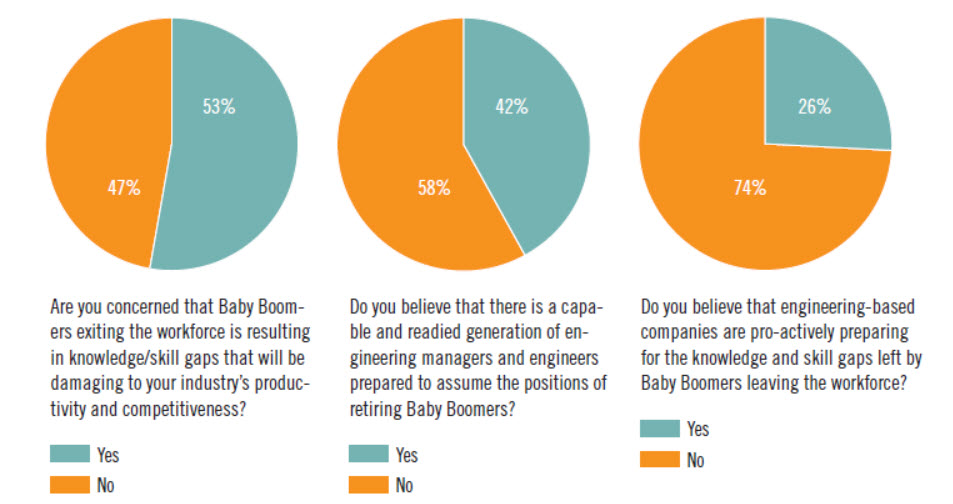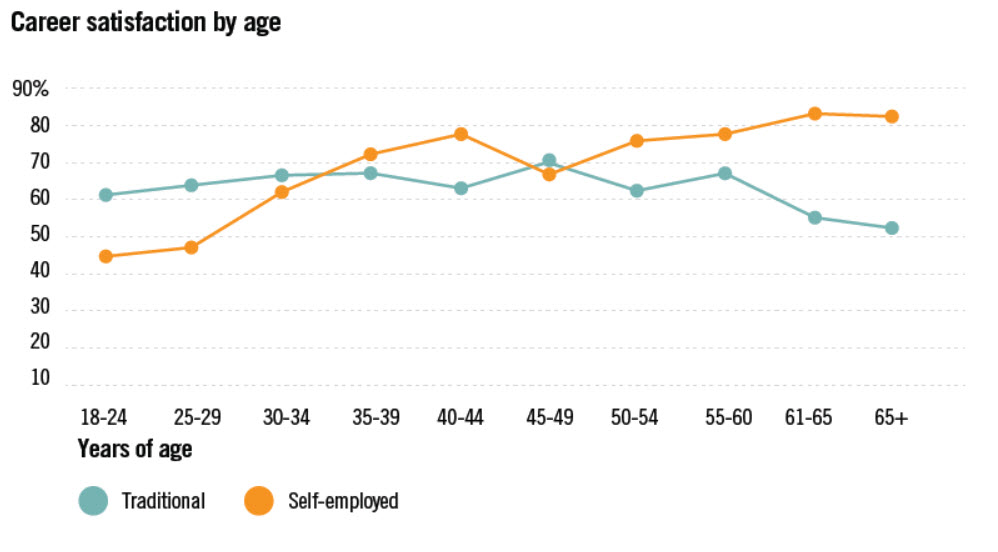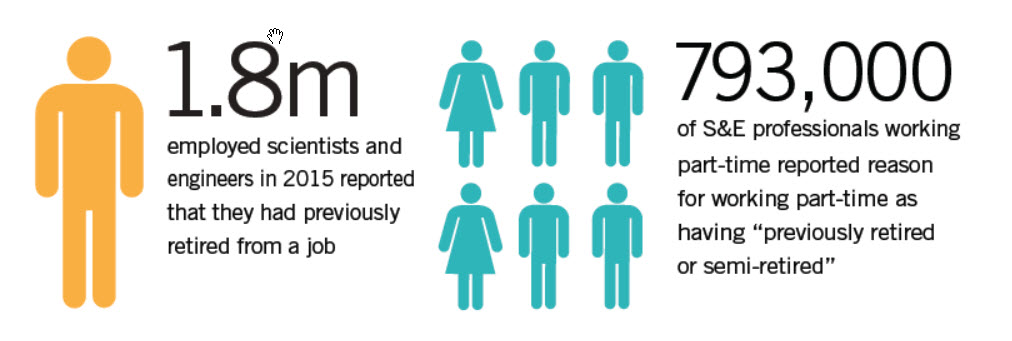
We hesitate to use the phrase “engineer shortage” because the phrase has become so overused that its meaning is lost. However, the reality is that engineering-based organizations are under pressure to find and retain the talent they need. We explored this topic from a number of different angles in a recently released eBook entitled, Engineering Talent in the U.S.A. This post focuses on the accelerated exodus of Baby Boomer engineers from the workforce, that factor’s contribution to the tight engineering labor market, and how they might be the solution to the challenge.
As of March 2018, the engineering unemployment rate in the U.S. was 1.8 percent. Given that a five percent unemployment rate has historically been considered to be full employment, the tightness within the engineering labor market is evident and most engineering-based organizations are feeling the pain. The tightness within the engineering labor force is being caused by a number of different factors (download the eBook to learn more), but Baby Boomers retiring is certainly one significant factor.
Although they have worked later in life than their predecessors, Baby Boomers are retiring, and the impact is being felt by engineering-based organizations. To reinforce their significance to the overall engineering industry, by 2015 those between 51 and 75 years of age comprised 28 percent of the overall S&E workforce.
Retirement starts at a fairly gentle rate around 59 years of age, but there is a sharp rate of increased retirement at 67 and by 69 most S&E professionals have retired. Roughly 18,760 engineers, many still in the workforce, will turn 69 each year for the next 15 years – a decided factor contributing to the tightness within the engineering labor force.
Engineering Organization Preparedness
To assess how prepared engineering-based organizations are for the knowledge, experience and skill gaps being created by retiring Baby Boomer engineers, 180 Engineering fielded a research survey among engineering professionals. We first fielded this survey about 18 months ago. Eighteen months later, progress has been made, but the results still paint a very challenging picture. As the data revealed, (1) knowledge gaps are anticipated as Baby Boomers exit the workforce, (2) there is strong indication that younger generations have not been sufficiently groomed to fill the roles being left by retiring Baby Boomer engineers and, (3) on whole, engineering organizations are not well prepared for these dynamics.
Flexible Employment Offers Potential New Supply of Engineers
Engineering-based organizations will likely need to rethink their overall approach to securing needed engineering talent. In collaboration with Research Now, FreshBooks, a leading cloud-based accounting company, conducted its second annual Self-Employment Report.
Satisfaction levels for those working within traditional employment constructs chug along at a reasonable level until about the age of sixty, at which time satisfaction levels fall markedly. Whether they are pushed out of the traditional workplace or whether they simply find more satisfaction in flexible employment constructs to allow for other priorities, after the age of 60 workers seem to be much happier when self-employed.
Engineer Retirees & Those of Retirement Age
In fact, the data shows that retirement does not always mean that workers permanently leave the labor force. Rather, some workers continue to work part-time, work in a different capacity, or decide to return to the labor market. In fact, about 1.8 million employed scientists and engineers in 2015* reported that they had previously retired from a job and approximately 793,000 of the scientists and engineers working part-time reported their reason for working part-time as having “previously retired or semi-retired”.
Are Baby Boomers the Solution?
Baby Boomer engineers are leaving the workforce creating concerning gaps of manpower, skill, knowledge and expertise. However, the data shows that many Baby Boomers are very happy to continue participating in the engineering workforce under slightly more flexible conditions. Might creating contract positions, part-time positions or other positions with more flexibility be the solution to the engineering talent pressure your organization could be facing?
If you need help developing solutions for your organization, give 180 Engineering a call – we’re happy to assist.
*“Bureau of Labor Statics, 2018 Science & Engineering Indicators,” National Science Board, National Center for Science and Engineering Statistics (NCSES)



